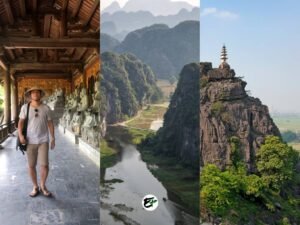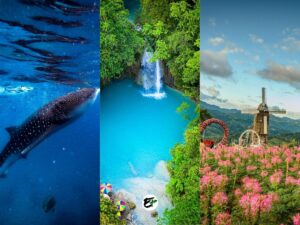10 Reasons Why Visit Kyoto + Most Inspiring Photos of Kyoto
More than ten years have passed since my last trip to Japan, and my memories of the experience are becoming increasingly vague. At the age of 13, I was chosen to participate in a cultural exchange program run by my mother’s Japanese employer. We visited various cities in Japan during that time, one of which was Kyoto.
My family had plans to visit Japan for two weeks in April 2020. However, the onset of the pandemic disrupted all our travel plans. Unable to travel physically, I decided to keep my passion for exploration alive through virtual tours and by viewing inspiring travel photographs.
If you’re looking for inspiration to visit Kyoto, the scenes captured in the photos I’m about to share might just do the trick.
This post contains affiliate links. I may receive a tiny commission at no additional cost to you.
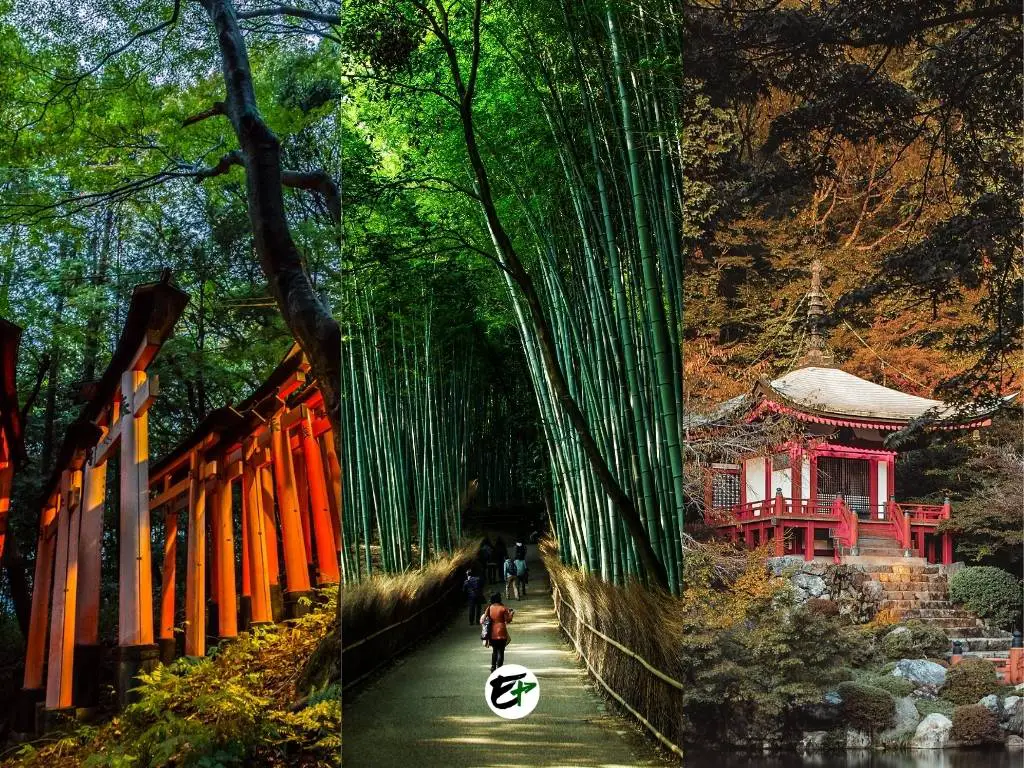
Use the table of contents to skip to topics.
Check out my other articles about Japan.
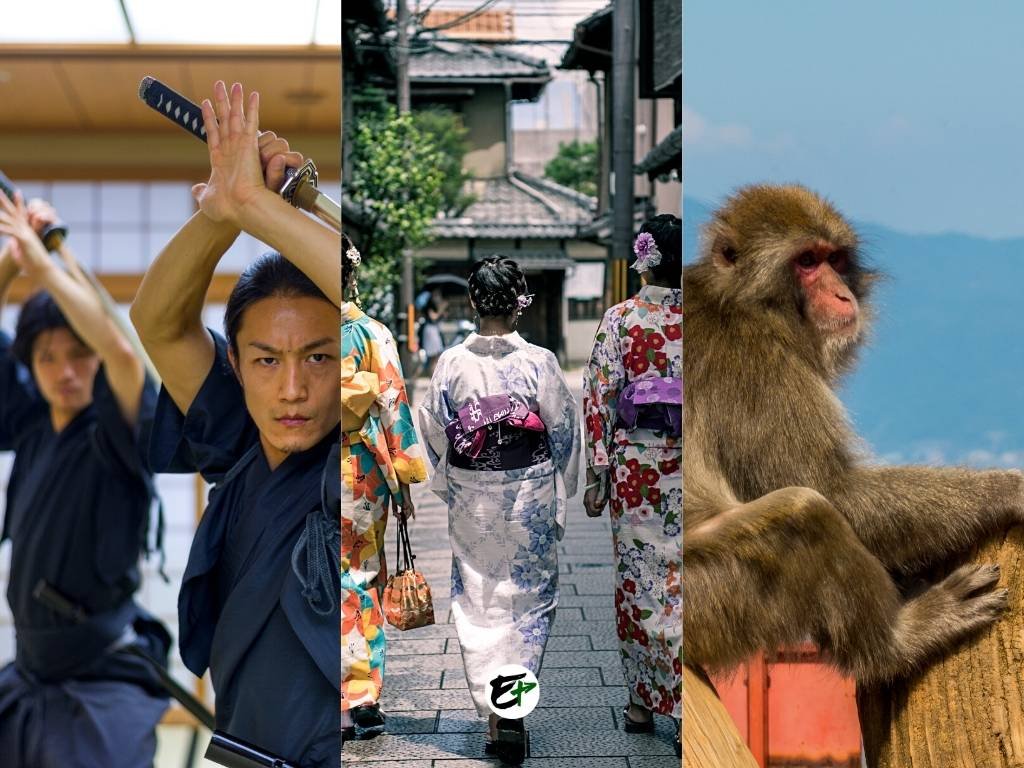
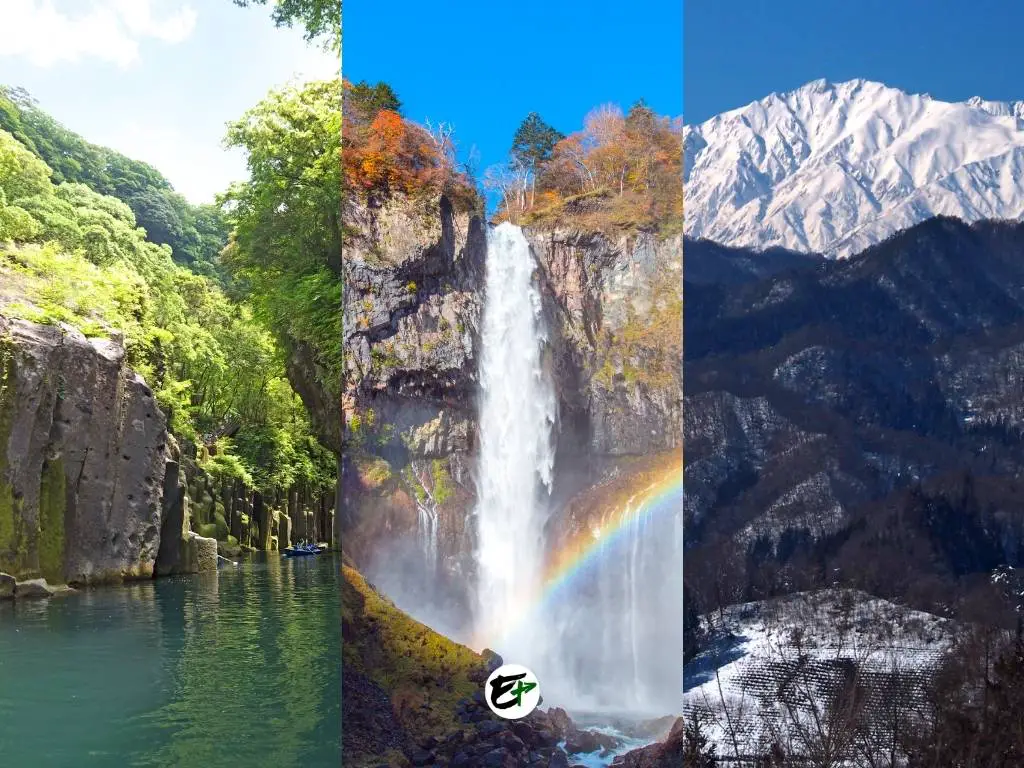
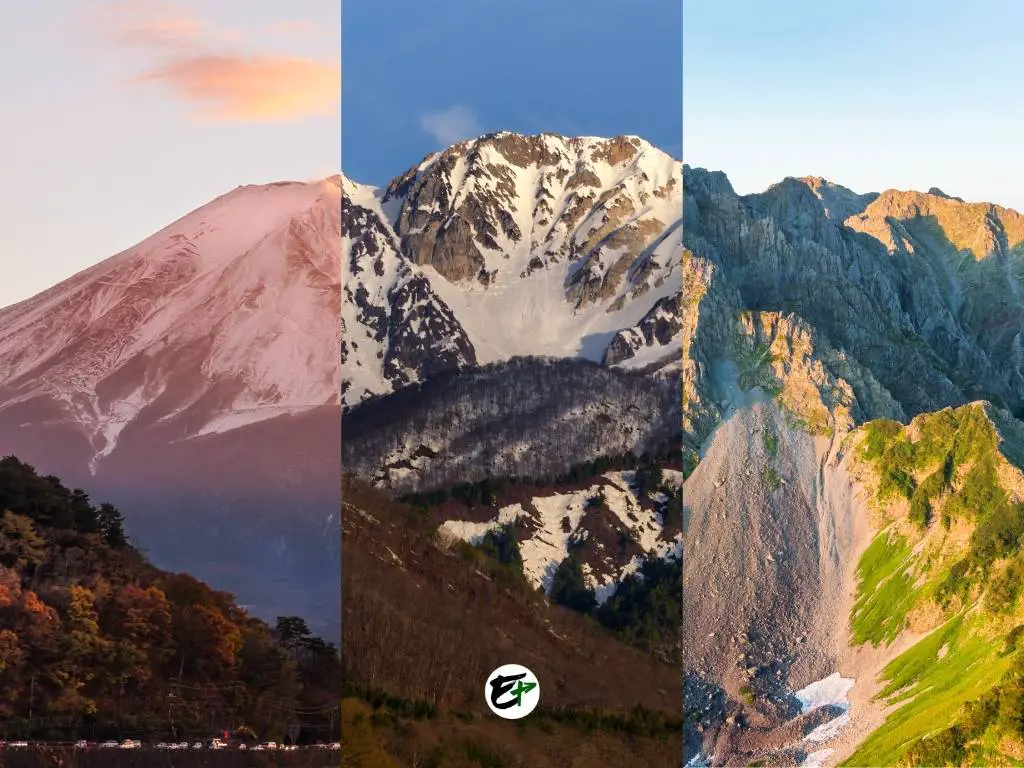
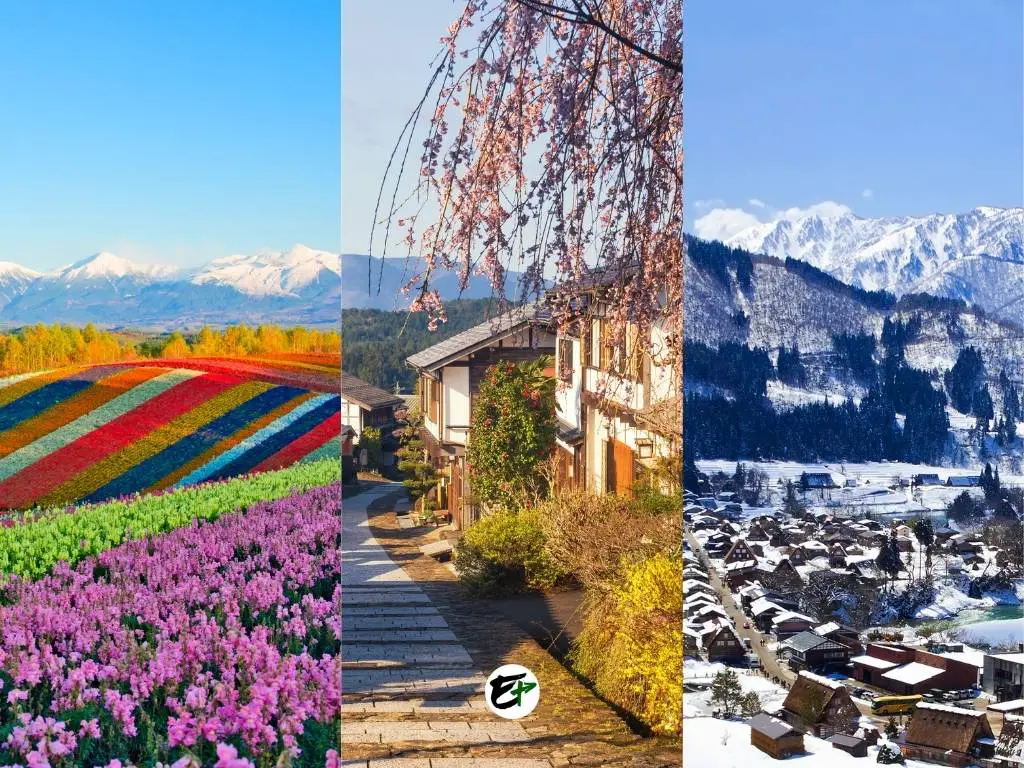
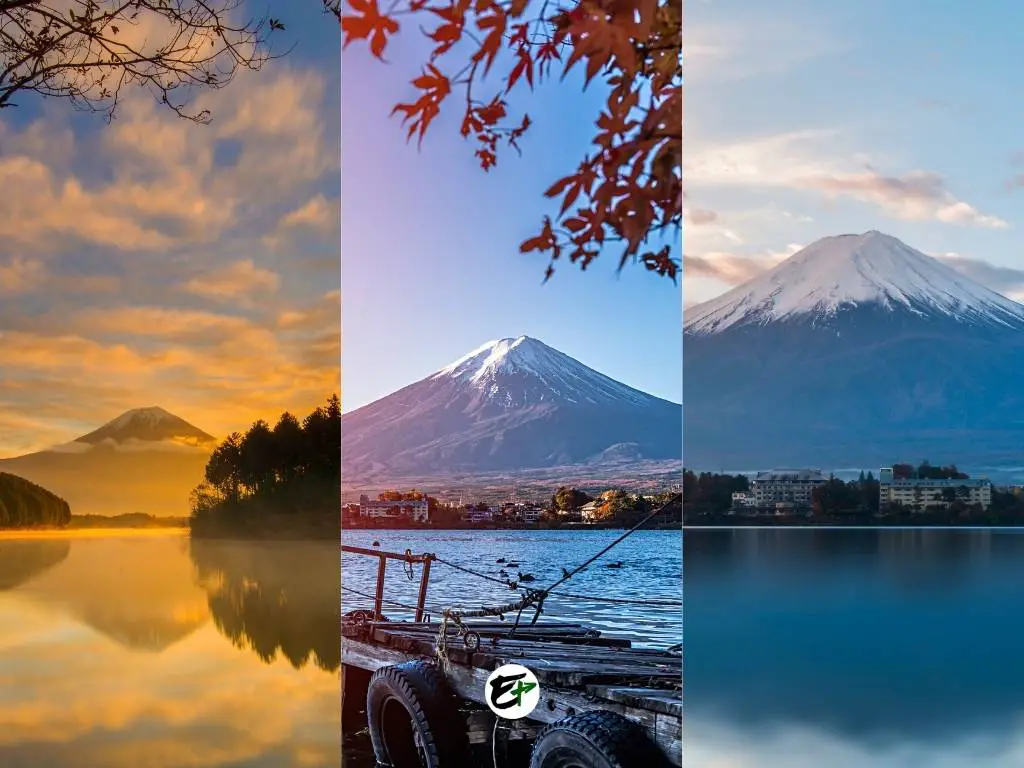
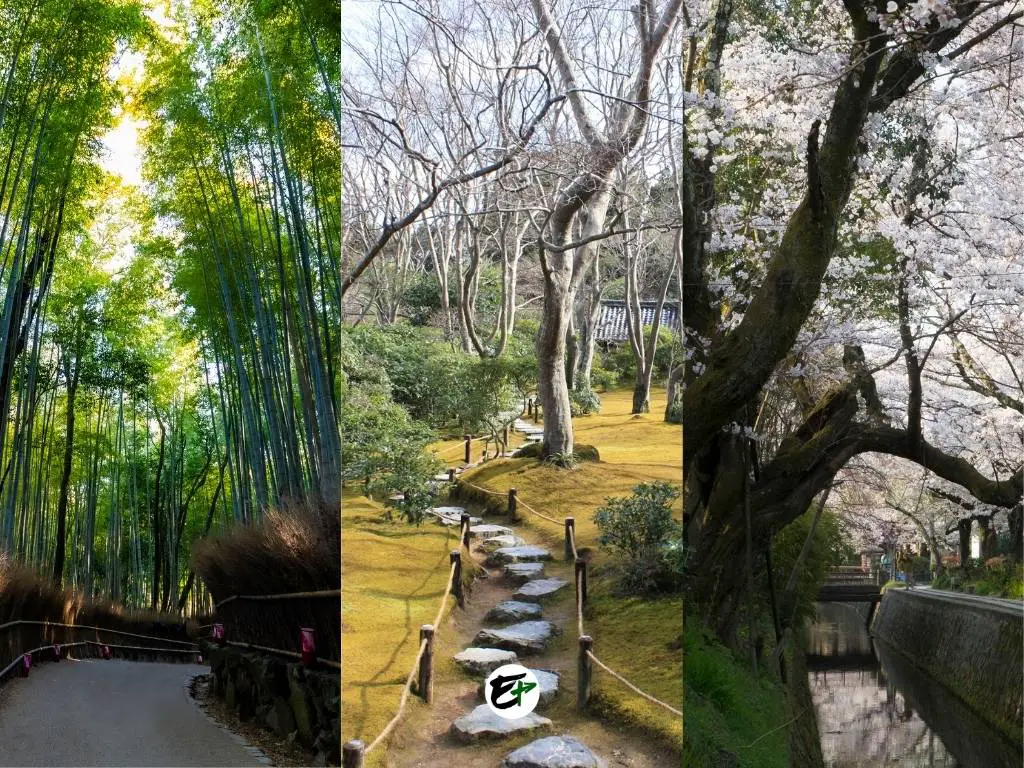
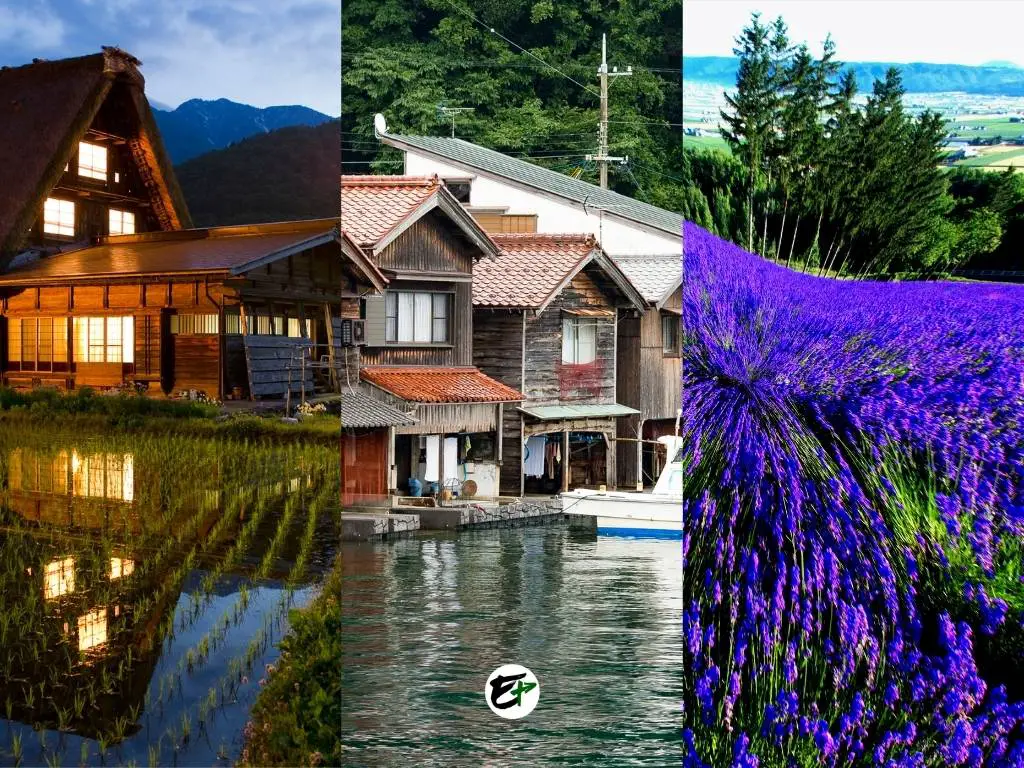
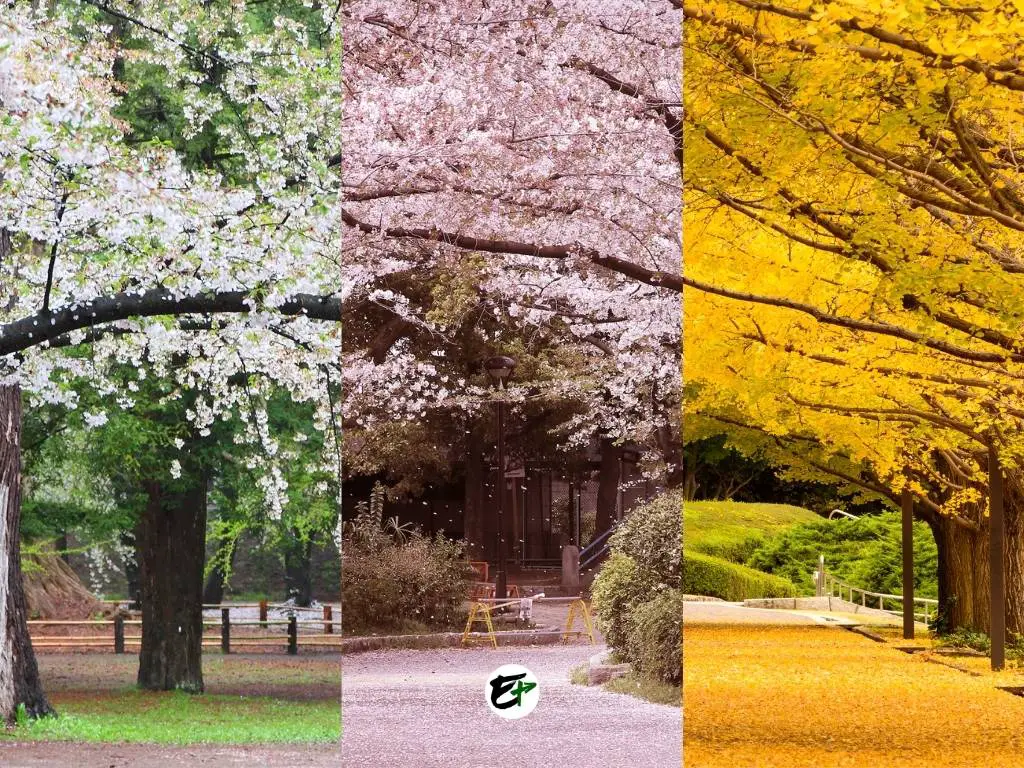
For those who may not know, Kyoto holds the distinction of being Japan’s former capital. It was the emperor’s residence from 794 to 1868.
This long-standing role as a center of power led to significant growth in the city. This growth was not just economic, but cultural as well.
In the present day, Kyoto stands out in Japan for its abundance of Shinto shrines and Buddhist temples. The city is also known for its imperial palaces, traditional wooden houses, and beautifully maintained gardens.
If you decide to visit Kyoto, you can start planning your trip using the links below.
1. Daigoji Temple
Kyoto is renowned for its abundance of temples. With 1600 temples scattered across the city, it would take months, if not years, to visit each one. These temples reflect the meditative and spiritual nature of the Japanese people, a quality I deeply admire.
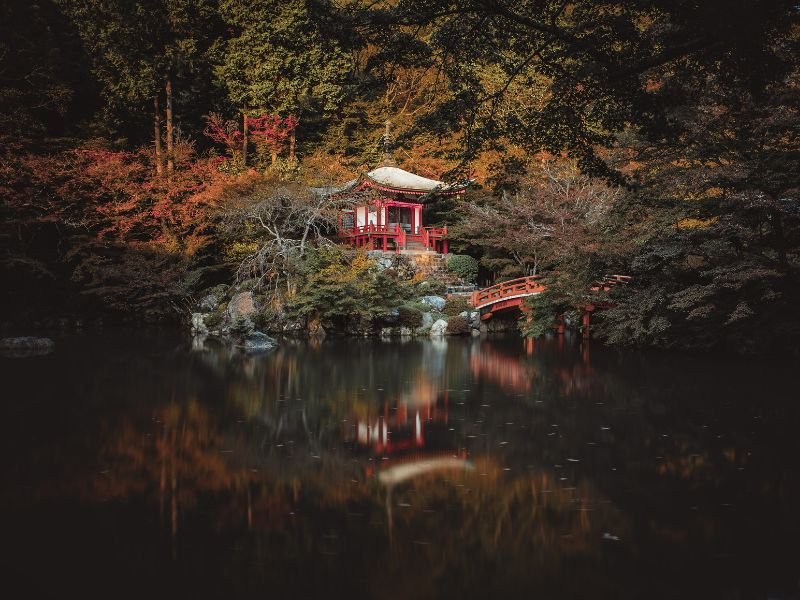
Daigoji Temple is one of the temples in I discovered in Kyoto. This temple is a designated world heritage site and holds significance for Japanese Buddhists, particularly the Shingon sect.
The structure in the photo, known as Bentendo Hall, is merely a part of Daigoji Temple, not the entirety. The main temple grounds are located at the base of the mountain. They are connected to numerous other temple buildings by a hiking path that winds around the summit.
Regardless of how the other parts of the temple may appear, the spot captured in the photo is likely the reason for my visit to Daigoji Temple. It exudes a sense of serenity and tranquility, offering a peace I haven’t felt recently.
The temple, its reflection on the placid water, and the autumn leaves are captivating elements in the photo that have truly captured my attention.
2. Kiyomizudera Gate
In my travels, I consistently seek out destinations in the highlands. This is because I am drawn to the panoramic views of the city or natural landscapes that these locations offer.
Upon seeing a photo of the Kiyomizudera temple gate, I immediately decided to add it to my list. The reason is simple: panoramic views instill in me a sense of awe. This feeling, as it turns out, is beneficial for our well-being.
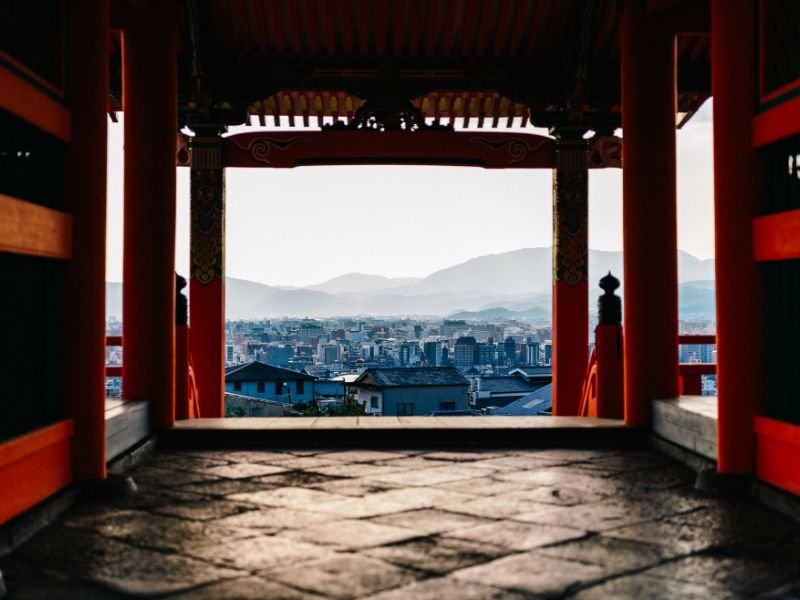
The photo above showcases the gate of Kiyomizudera Temple. Known in English as the Pure Water Temple, it ranks among Japan’s most significant temples.
Given the temple’s grandeur, it’s unsurprising that it’s listed among the UNESCO world heritage sites. What’s truly astounding, however, is the temple’s age—it’s over a millennium old! Founded in 780 in the eastern hills of Kyoto, it’s associated with the Buddhist Hosso sect.
I discovered that Kiyomizudera’s main hall was constructed with the Otowa Waterfall within its compound. The temple offers more than just a view of Kyoto’s skyline. From Kiyomizudera’s main hall, one can see the Koyasu Pagoda nestled in the forests of another hill.
3. Toji-in Temple and Garden
My introduction to pagodas came during a trip to Sun Moon Lake in Taiwan. There, I encountered the Cien Pagoda. That experience, marked by grandeur and tranquility, sparked my appreciation for East Asian culture and architecture. Later, I had the opportunity to visit another pagoda in Ninh Binh, Vietnam.
If you are interested in seeing pagodas, too, you got to see Toji-in Temple in Kyoto, shown in the photo below.
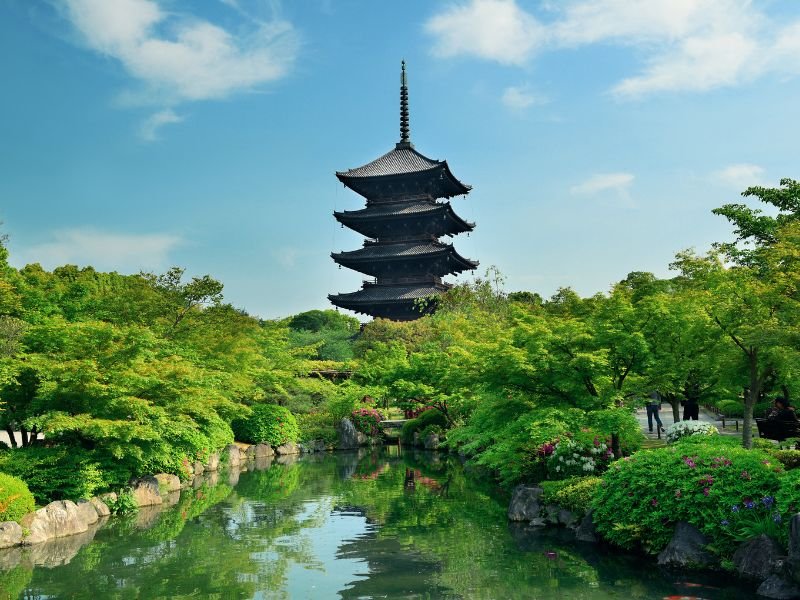
One aspect of Japanese temples that I find particularly appealing is the presence of ponds and zen gardens. These features enhance the elegance and photogenic qualities of each temple, creating an unmistakably Japanese ambiance.
As evident in the photo, such a view is unique and not easily found elsewhere in the world. The Toji-in temple, in particular, exudes a sense of relaxation and peace. It’s the kind of experience that someone like me, navigating the challenges of adulthood, yearns for.
Toji-in Temple is a Zen temple, established by Shogun Ashikaga Takauji in 1341. One of its attractions is the relative tranquility during Spring, as it tends to attract fewer tourists compared to other temples in Kyoto.
A leisurely stroll within the temple grounds reveals more of its exquisite gardens and ponds, adding to its charm.
4. Torii Gates at Fushimi Inari Taisha
In contrast to the tranquility of Toji-in Temple, Fushimi Inari Taisha in Kyoto is a bustling site that attracts a multitude of visitors each day.
Everyone I know who has visited Kyoto has a keepsake photo from Fushimi Inari Taisha, particularly of the Torii gates. After all, who would want to miss the striking spectacle of the vermillion tunnel formed by hundreds of Torii gates? This sight creates a mesmerizing effect, akin to an infinity mirror. It’s a sight not to be missed.
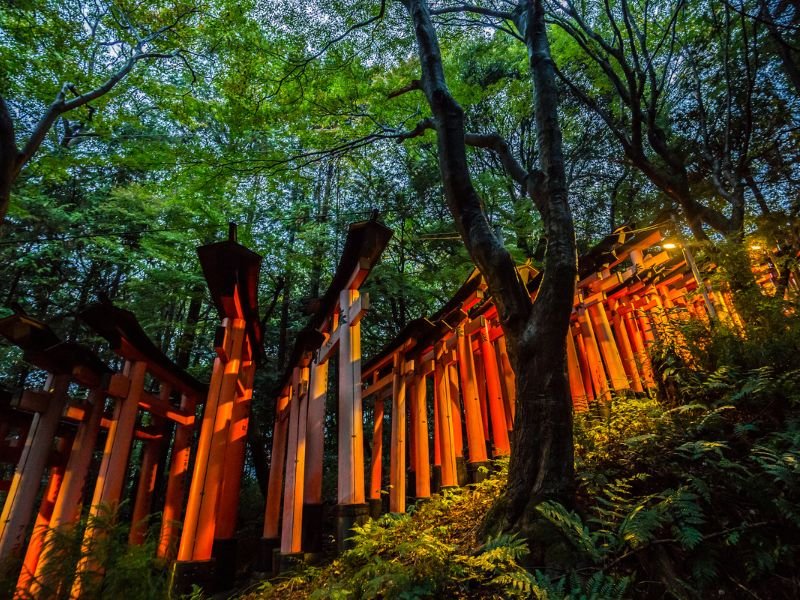
I had begun to feel that the Torii Gates had become somewhat cliché due to the daily influx of visitors and the repetitive images shared on social media. This led to a waning interest on my part, until I came across this photo. The image offered a fresh perspective on appreciating the gates, reigniting my desire to travel.
Fushimi Inari Taisha serves as the primary shrine of Inari, the god of wealth. People often seek blessings for their businesses, trades, and manufacturing endeavors from this deity.
Fushimi Inari Taisha stands as the most distinguished Shinto shrine in Kyoto and is among the city’s most remarkable attractions. The shrine is situated at the base of Mount Inari and comprises several smaller sub-shrines. These extend for 4 kilometers up the 233-meter (764-foot) hill.
5. Bamboo Forest, Arashimaya
The Bamboo Forest in Arashiyama is another popular attraction that visitors to Kyoto rarely miss. Much like the Torii gates in Fushimi Inari, it has become a somewhat cliché destination for those traveling to Kyoto. I’ve learned that the forest often teems with tourists, which can detract from the serene atmosphere of this verdant area. Despite this, I’ve decided to include it on my list.
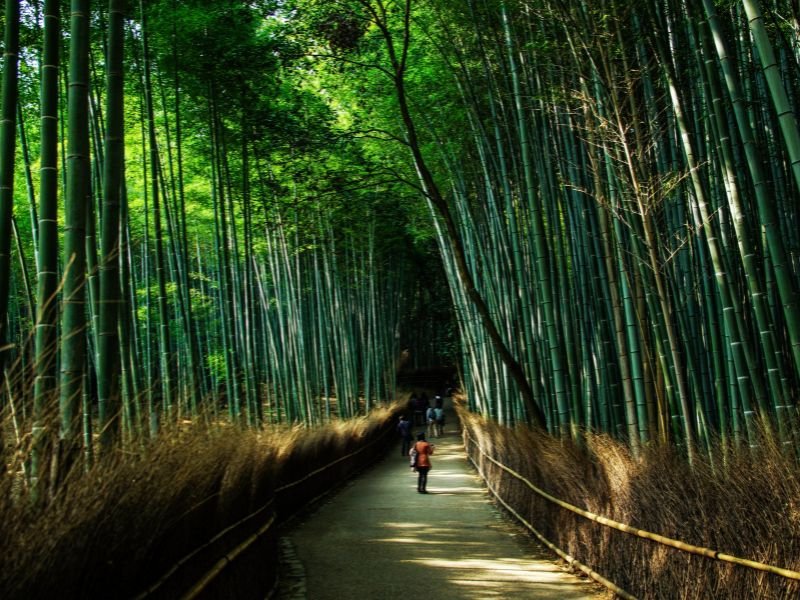
Why? Because it is natural, and we tend to benefit from it.
Visiting the Bamboo Forest, we can commune with nature, observe its beauty, and experience a kind of tranquility that refreshes our minds. In fact, this place is included in Japan’s 100 soundscape destinations. These are places where we can escape noise pollution.
Just look at the photo. Imagine being there very early in the morning, with not too many people around. It is so quiet. All you can hear is the rustling of the bamboo trees.
As the breeze blows, the bamboo trees bump into each other, creating a soothing, almost unreal sound of nature. At the same time, you also hear the sound of the wind and bamboo leaves, reminiscent of water flowing downstream.
Does this inspire you to visit Kyoto too?
6. Kinkakuji Temple
I mentioned earlier that I am a fan of East Asian Architecture. My excitement grew when I discovered that Kyoto is home to more than 1600 temples. This means I can appreciate numerous examples of East Asian architecture without the need to travel from city to city.
Among the temples in Kyoto, one that stands out for its grandeur is the Kinkakuji Temple, also known as the Golden Pavilion.
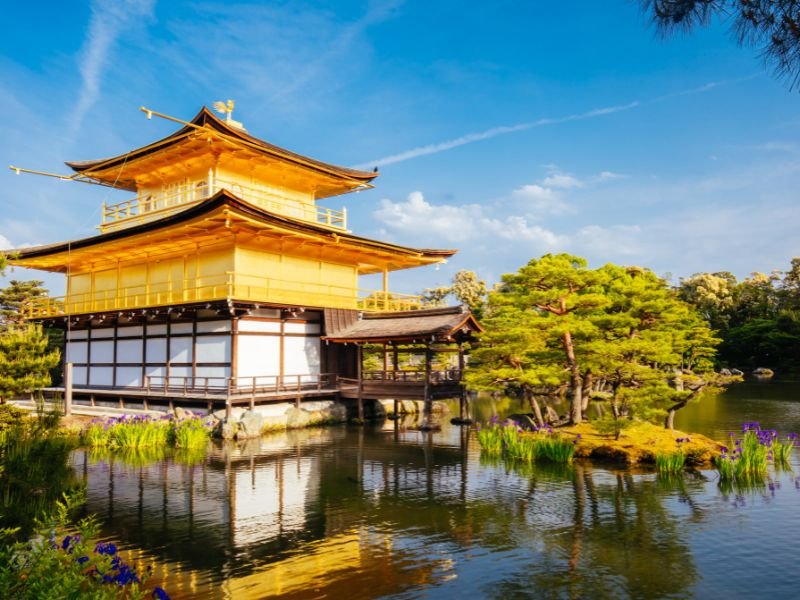
Kinkakuji Temple, like Toji-in Temple, is a Zen Temple. As such, we can anticipate a serene pond and beautiful landscape near the temple structures. The temple, built in 1398, is situated in the northern hills of Kyoto. It reflects the extravagant Kitayama culture, which was prevalent among Kyoto’s aristocrats during Yoshimitsu’s era.
The Golden Pavilion, with its top two floors entirely covered in gold leaf, is the most striking structure. It is the centerpiece of a visit to Kinkakuji Temple. The contrast between the golden walls on the upper floors and the minimalist white panels below is incredibly pleasing to the eye. The reflection of the structure in the water enhances its beauty.
7. Higashiyama District
Growing up in the ’90s, I found myself drawn to Anime. Shows like Inuyasha and Samurai X were my favorites. This is something I take pride in, as it set me apart from my peers who were busy trying to act cool, flirting, or wasting time on social media.
My fascination with anime was more than just entertainment. It was a window into Japanese culture, a learning experience that sparked curiosity and respect for a world different from my own. This newfound appreciation eventually inspired me to write this blog post.
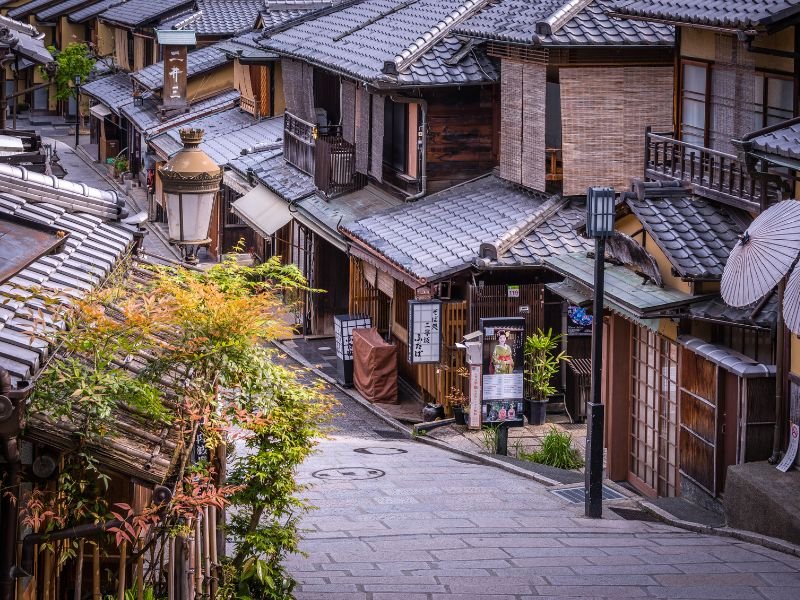
The anime I watched as a child served as my introduction to life in Japan during and before the Industrial Revolution. This life is vividly portrayed in the streets of Kyoto’s Higashiyama district. Upon seeing the photo above, memories of those anime series came flooding back.
This image stirred a desire in me to personally experience the streets that the characters in the anime traversed. Even though these characters are fictional, their stories left a lasting impression on me.
The Higashiyama District offers a glimpse into traditional old Kyoto, especially the area between Kiyomizudera and Yasaka Shrine. Here, one can wander through narrow streets lined with wooden houses and traditional merchant shops. The atmosphere is reminiscent of the old capital city.
Situated on the lower slopes of the city’s eastern mountains, the Higashiyama District is one of Kyoto’s best-preserved historic districts.
8. Hyakumanben Chijon-Ji Shrine
One of the most incredible things that I’ve learned from traveling so far is the beauty of diversity, including religion. That’s why I am inspired by the photo of Hyakumanben Chijon-Ji Shrine below. It shows me what is inside Japanese temples, and the Japanese do their religious rituals.
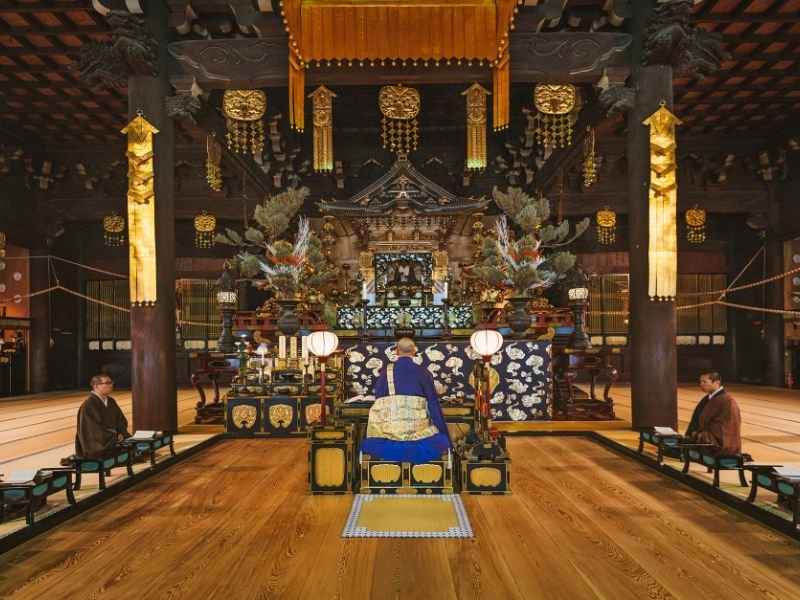
As a Roman Catholic Christian, I’ve frequented churches and have the Sunday prayers etched in my memory. The prospect of experiencing a different form of worship fills me with anticipation.
The Chionji Temple in Kyoto offers a window into Japanese Buddhism rituals. Nestled just north of Kyoto University, at the intersection of Imadegawa and Higashioji streets, it’s a hub of spiritual activity.
It houses one of Japan’s “Three Significant Statues of Monju Bosatsu,” the Buddhist deity of wisdom and knowledge. This draws students and tourists alike, all seeking wisdom and success in their academic and personal pursuits.
9. Hozugawa River, Arashimaya
Nature’s call to adventure is irresistible to me. Be it a serene lake or a majestic mountain, these places hold an enduring appeal. The benefits we reap from nature are plentiful. Our well-being improves when we hike or spend time near water.
Upon seeing this photo of the Hozugawa River, I was compelled to visit Kyoto. Rivers, with their myriad benefits, also exude a sense of tranquility that is hard to ignore. This image captures that serene ambiance, making it an ideal representation of peace.
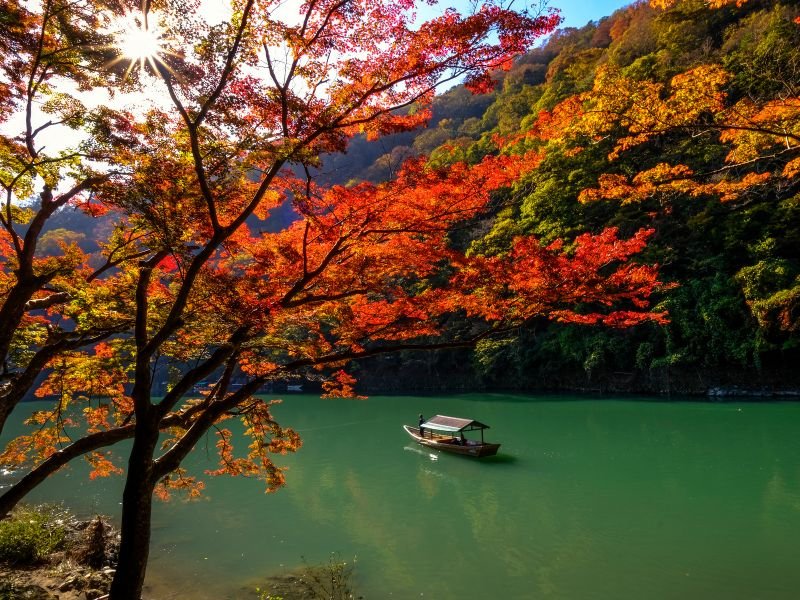
The Hozugawa River has a rich history dating back 400 years. It served as a vital transport route for logs and goods, which were used in the construction of castles and temples in Kyoto and Osaka. As Japan modernized, roads were constructed, and the river’s role in transportation diminished.
Today, the Hozugawa River is a popular sightseeing destination. Visitors can enjoy a boat ride, taking in the serene waters and the vibrant trees lining the river. Initially, my interest in the Hozugawa River was sparked by its natural beauty. The views from the river, particularly the autumn foliage, were captivating.
However, upon further research, I discovered an added element of thrill. The boat ride includes navigating through rapids, adding an exciting twist to the tranquil journey.
10. Tsukubai at Ryoanji Zen Rock Garden
In the process of crafting the blog post titled Kyoto’s Best Nature Destinations, I came across Tsukubai in the Ryoanji Zen Rock Garden. Tsukubai is a washbasin positioned at the entrance of sacred sites. It serves a specific purpose: to enable visitors to cleanse their hands and mouths in preparation for a tea ceremony.
On certain occasions, visitors utilize Tsukubai to purify these parts of their bodies prior to entering the premises of a Buddhist temple. This ritual adds a layer of respect and reverence to the visit.

Initially, I didn’t pay much attention to it. To me, it was merely a washbasin, a modest adornment in the garden. However, the inscriptions on it piqued my interest, particularly for those of us on a journey of personal growth.
The inscriptions on the Tsukubai encapsulate the teachings of Buddhism, which advocate against materialism. The translated text reads as follows:
- What one has is all one needs
- I am content with what I have
- I alone know I am content with things
- If you learn to be content, you are rich in spirit
- I learn only to be contented
- He who learns only to be contented is spiritually rich
- All I know in life is to be contented, to be grateful
- I know only satisfaction
Reflecting on it, I realized that Kyoto is not merely a hub for temples and sightseeing. It offers much more. The existence of Tsukubai indicates that Kyoto is home to discoveries that can change us. These seemingly small elements infuse our travels with substance. They serve as our teachers, shaping us into improved versions of ourselves.
Save it on Pinterest.




